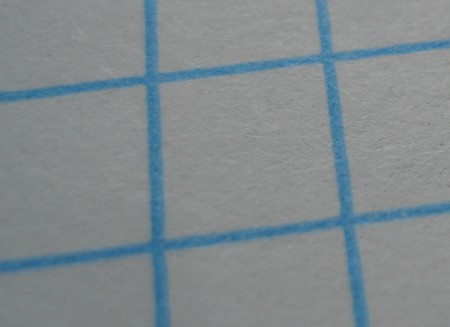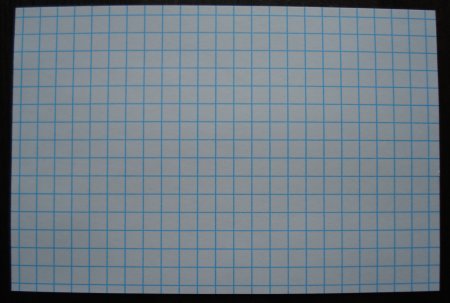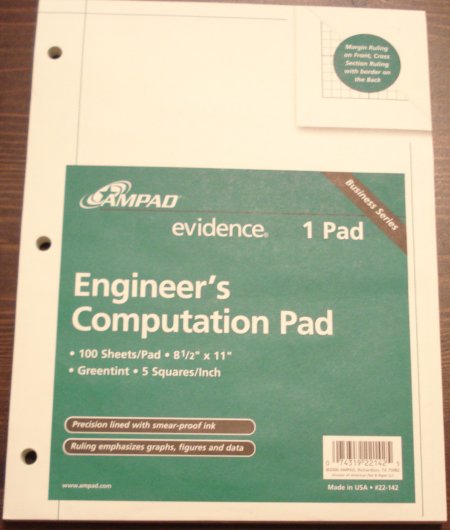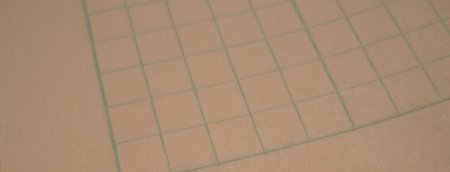
Schoollocker is an Etsy store. Etsy is a large online marketplace of hand crafted items, almost akin to Ebay, though items are not sold by auction. An offering I noticed was a quadrille/squared/gridded/graph paper index card. I love this type of index card, and can’t find any close to home.
If the Exacompta cards I mentioned last week are the fashionable boutique high end, these are the practical though dowdy department store edition.
In a 4″ x 6″ version, one side has square ruling, and the other side is blank. The ink is loud, bright, public school blue.

The problem is – and these cards are not alone in this aspect – the application of the ruling is random. So the vertical line closest to the card’s left edge might be touching that edge, or it might be several millimeters away. This rules out certain uses of the card.
The paper is also a step down from the high table Exacompta. Yet – the cards are still great fun, and very usable.
This blog rarely mentions prices, but at $US5.50 for 55 cards shipped to Canada, the cheaper and higher quality Exacomptas become an easy choice.


